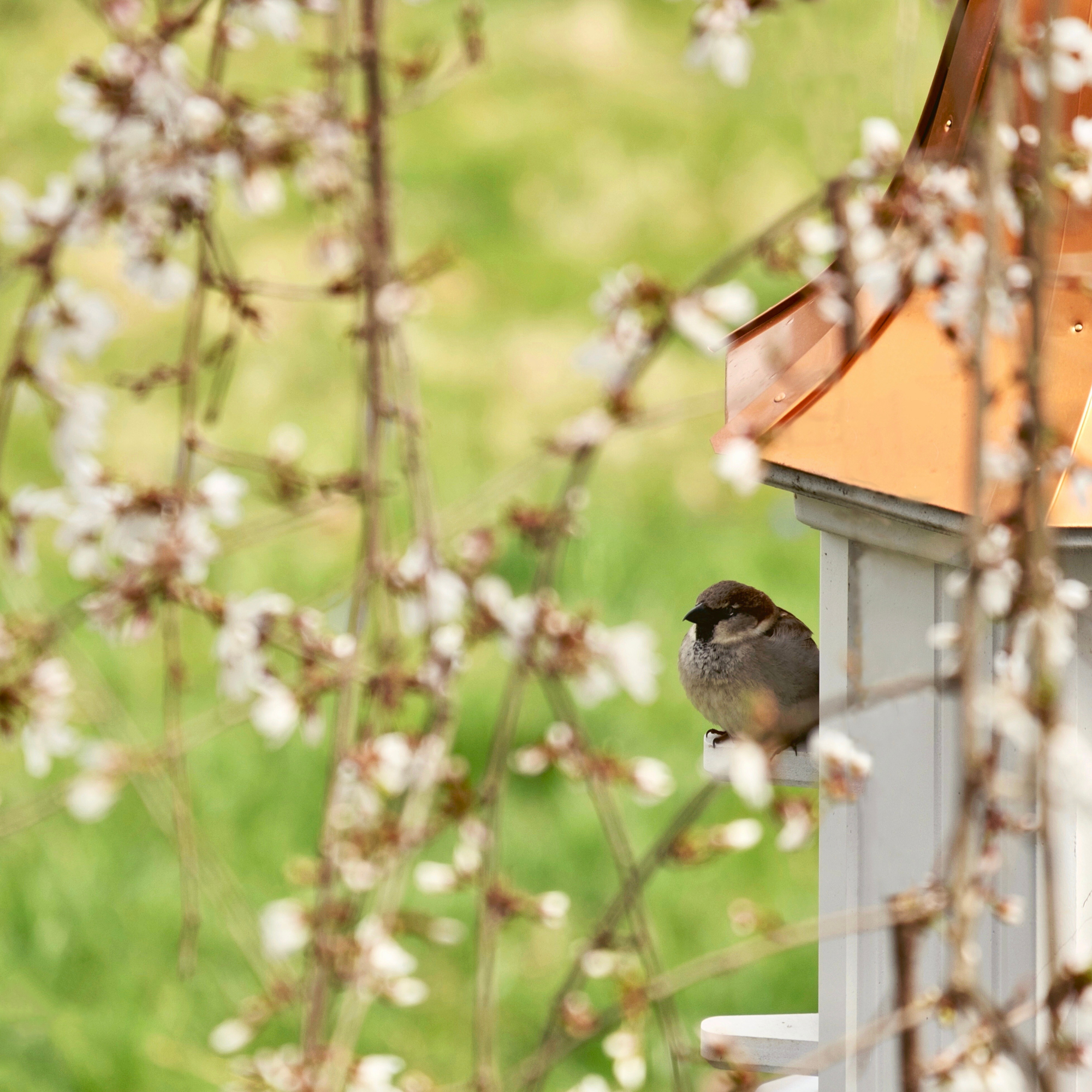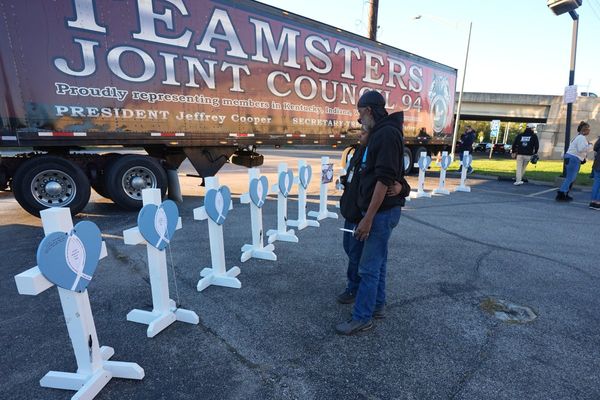
Bake Off star and all-round national treasure Prue Leith has taken to Instagram to reveal a nest of baby birds setting up home in one of her planters. And wildlife experts want you to know this is more common than you think.
The best thing about creating a wildlife garden or attracting birds is seeing nature flourish in your garden, as birds, insects, and pollinators make it their home. And in summer, it may mean you’re blessed to witness chicks in your garden.
If, like Prue, you’ve found a nest in one of your planters, wildlife experts have revealed the best thing is to leave the birds be - or risk breaking the law.
In a series of Instagram posts, Prue showed her followers the nest in her large steel planter, giving a glimpse of the eggs all the way through to chirping chicks, even encouraging her followers to guess what species the eggs were.
‘While it’s difficult to be certain without a closer look, the eggs and chicks in Prue’s photos appear to belong to a common British garden bird — most likely a robin or a blackbird. Both species are known for their adaptability and will nest in a variety of sheltered spots, including planters, hanging baskets, and even garden sheds,’ says Luke Newnes, new build gardening specialist, gardening content creator and a member of the Interior Squad at Hillarys.
‘Birds like robins, blackbirds, and wrens are opportunistic nesters. They often seek out quiet, sheltered places close to humans, especially if there’s plenty of food around. Planters, with their tucked-away corners and some foliage cover, can be ideal, especially for robins,' he adds.
Of course, many of us want to attract robins; they are the UK’s favourite bird, but blackbirds and wrens also make a beautiful addition to any garden. Birds eat slugs, help pollinate plants and birdwatching improves mental health. This is why it’s a wonderful thing if a bird decides to raise its young in your garden.
What to do if a bird is nesting in your planter
If you find yourself in Prue’s position, you mustn’t disturb the nest, even if you think you’re helping them. Under the Wildlife and Countryside Act 1981, it is illegal to disturb nesting birds. Nesting season is between March and September, so you should absolutely not move the nest during this period.

‘The best advice is to leave the nest undisturbed. Avoid moving the planter or tending to the plants in it until the chicks have fledged (usually 2-3 weeks after hatching). Disturbing the nest can cause the parents to abandon it, which puts the chicks at risk,’ says Luke.
‘Try to keep the area calm and quiet. If you have pets, especially cats, keep them away from the area. Avoid watering the planter directly, as too much moisture can be harmful. If the weather is very hot and the planter is in direct sun, you can provide some shade nearby, but don’t cover the nest itself.’
You should also avoid feeding the baby birds. It can be beneficial to leave out food for the adult birds, such as mealworms (£11.99 on Amazon) or soft fruit, which they can bring to the nest.
What you need
A sun sail can provide shade without touching the nest if your birds have made a nest in an area that is prone to a lot of sunshine.
While you shouldn't try and feed baby birds, you should leave food for the adult birds in the garden, which they can take it back to the nest.
You should also provide a fresh water source in your garden, so birds can drink, bathe and play.
If Prue’s Instagram is anything to go by, baby birds can bring an abundance of joy to a garden. If you’re lucky enough to have a nest in your garden, the best thing you can do is let them be and simply enjoy watching them in your garden.







